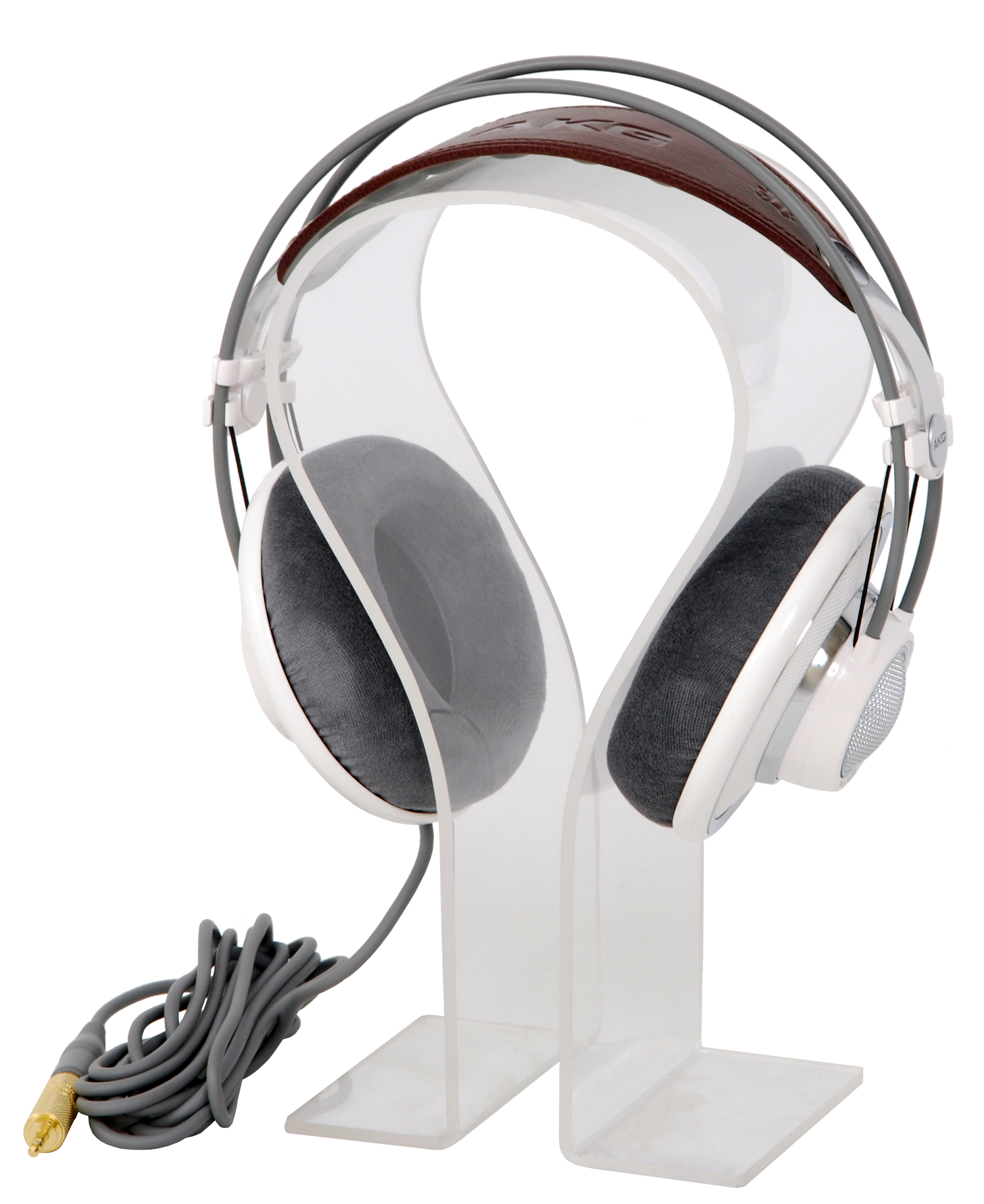Have you ever wished you could boost the volume of your Windows 10 beyond its maximum limit? Let me show you how to increase your Windows 10 volume over 100.
Adjusting System and Application Volume Settings

To adjust system and application volume settings in Windows 10 to increase volume over 100, follow these steps:
1. Right-click on the volume icon in the taskbar, typically located in the bottom right corner of the screen.
2. From the context menu that appears, select “Open Volume Mixer.”
3. In the volume mixer window, you will see sliders for each active application and system sound. Locate the application or system sound you want to increase the volume for.
4. Drag the slider for the desired application or system sound to the right to increase the volume. You can go beyond 100% if needed.
5. To adjust the overall system volume, locate the speaker icon at the top of the volume mixer window. Drag the slider to the right to increase the volume.
6. If you are using headphones, make sure they are connected to your computer. You can adjust the headphone volume separately by locating the headphone icon in the volume mixer window and dragging the slider accordingly.
7. After making the necessary adjustments, close the volume mixer window.
Utilizing Sound and Audio Enhancements

To increase the volume on Windows 10 beyond 100, you can utilize sound and audio enhancements. Here’s how:
1. Open the Sound settings: Right-click on the speaker icon in the taskbar and select “Open Sound settings” from the context menu.
2. Adjust the volume slider: In the Sound settings window, you will see a volume slider under the “Output” section. Drag the slider to the right to increase the volume.
3. Use audio enhancements: Click on the “Device properties” link below the volume slider. In the Device properties window, go to the “Enhancements” tab.
4. Enable loudness equalization: Check the box next to “Loudness Equalization” to boost low and high frequencies, making the volume more consistent.
5. Apply the changes: Click “Apply” and then “OK” to save the settings.
6. Use third-party media players: If you’re using VLC media player, go to the “Tools” menu and select “Effects and Filters.” Under the “Audio Effects” tab, enable the “Equalizer” and adjust the sliders to increase the volume.
7. Adjust system volume using the volume mixer: Right-click on the speaker icon in the taskbar and select “Open Volume mixer” from the context menu. Here, you can individually adjust the volume of different applications and devices.
8. Increase volume in specific applications: Some applications, like Google Chrome, have their own volume controls. Look for the volume icon or settings within the application to increase the volume.
9. Use external speakers or headphones: Connecting external speakers or headphones to your computer can often provide a louder sound output.
Remember to be mindful of your hearing health when increasing the volume, as excessive volume levels can lead to hearing loss. Adjust the volume to your preference and make sure it’s comfortable for you.
Employing Third-Party Software and Extensions
- 1. Use Volume Booster software to increase Windows 10 volume beyond 100%.
- 2. Download and install Equalizer APO to enhance audio output on Windows 10.
- 3. Employ Dolby Atmos software to optimize sound quality on Windows 10.
- 4. Utilize Realtek HD Audio Manager to boost volume and customize audio settings.
- 5. Install Audio Enhancer Bongiovi DPS to amplify and enhance audio on Windows 10.
- 6. Explore Boom 3D software for an immersive audio experience on Windows 10.
- 7. Use DFX Audio Enhancer to enhance audio quality and increase volume on Windows 10.
- 8. Employ Volume2 software to adjust and amplify volume levels beyond the default limit.
- 9. Download and install Sound Booster to increase volume output on Windows 10.
- 10. Utilize Audio Switcher software to manage and control audio devices efficiently.
Enhancing Output with External Devices

- External Speakers: Connect high-quality speakers to your Windows 10 device for enhanced audio output.
- Amplifiers: Use an amplifier to boost the volume of your Windows 10 device beyond the default limit.
- Headphones: Invest in a pair of headphones with superior sound quality to enjoy louder audio on your Windows 10 device.
- Sound Cards: Install a sound card that supports higher volume levels to enhance the output on your Windows 10 device.

- Audio Interfaces: Connect an external audio interface to your Windows 10 device for improved audio performance.
- Portable Bluetooth Speakers: Pair your Windows 10 device with portable Bluetooth speakers for louder and better sound.
- External DACs: Use an external digital-to-analog converter (DAC) to enhance the audio output quality on your Windows 10 device.
- Amplified Headphones: Opt for amplified headphones that come with built-in volume boosters for louder audio on your Windows 10 device.

- External Audio Mixers: Connect an external audio mixer to your Windows 10 device to have more control over volume levels and audio customization.
- Soundbars: Attach a soundbar to your Windows 10 device for a richer and more immersive audio experience.

F.A.Qs
Should my PC volume be at 100?
No, your PC volume should not be set at 100%. It is recommended to have the input volume set around 70% to 80% of full volume to avoid distortion and maintain audio quality. Adjust the amp/speakers to suit your preference.
How do I get past Max volume on Windows?
To get past the maximum volume on Windows, you can navigate to “Tools -> Preferences” and click on “All” in the bottom-left corner. Then, under “Main interfaces,” select “Qt” and increase the “Maximum Volume displayed” to “200” or “300.”

